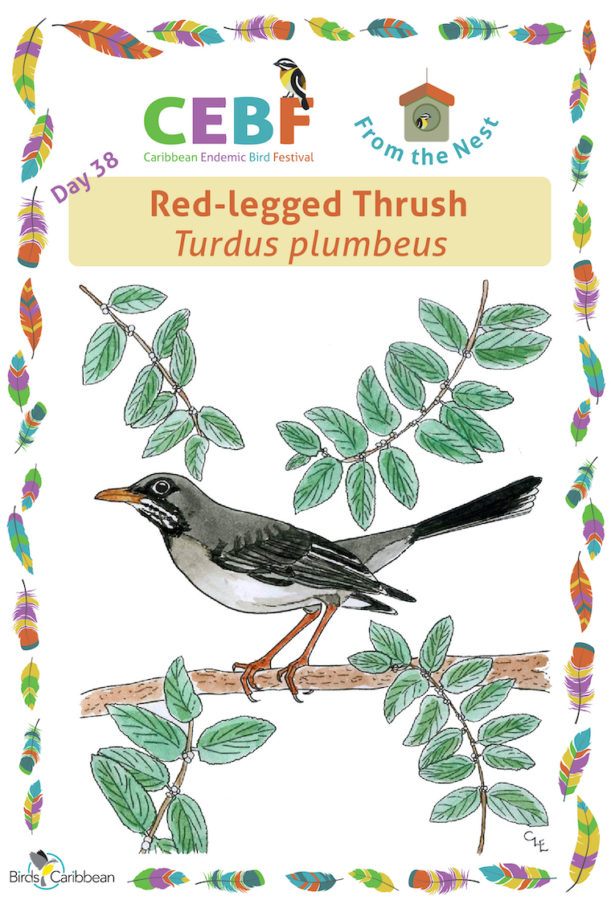Celebrate the Caribbean Endemic Bird Festival (CEBF) with us in our virtual “From the Nest” edition! Have fun learning about a new endemic bird every day. We have colouring pages, puzzles, activities, and more. Download for free and enjoy nature with your family at home.
Endemic Bird of the Day: Red-legged Thrush
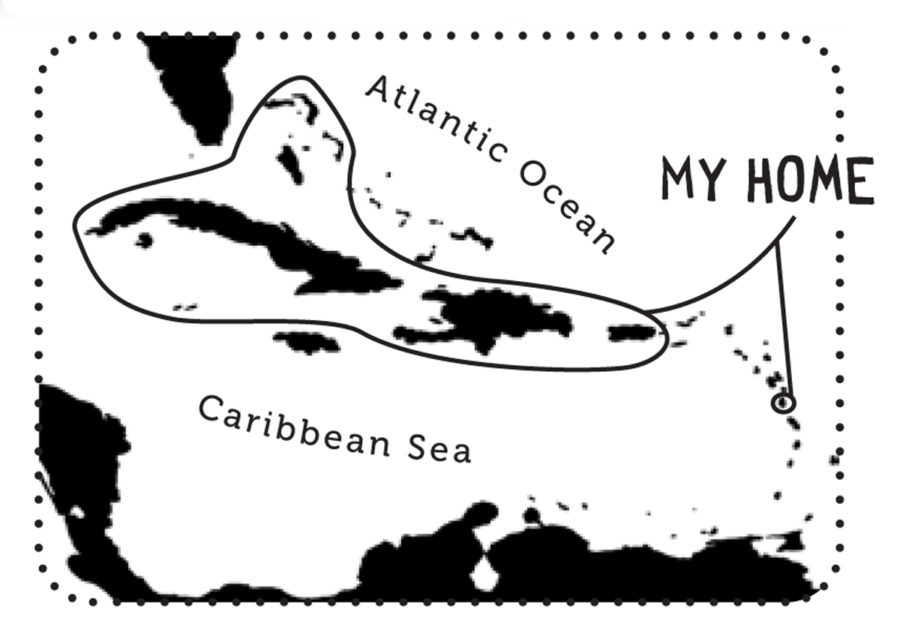 Found in the Bahamas 🇧🇸: Thrush; Cuba 🇨🇺: Zorzal Real; Dominican Republic 🇩🇴: Chua Chua, Haiti 🇭🇹i: Ouèt-ouèt; Puerto Rico🇺🇸: Zorzal Patirrojo; Cayman Islands 🇰🇾: Old Thruss, and Dominica🇩🇲: Pyé-jòn, this Caribbean endemic is similar in behavior to its North American counterpart, the American Robin. The Red-legged Thrush (Turdus plumbeus) is about 25-28 cm long. Its colors vary depending on what island you’re on, but it is always distinguished by its bluish-gray or slate gray upperparts, bright reddish-orange legs, red eye ring and white tail tips. Males are larger than females.
Found in the Bahamas 🇧🇸: Thrush; Cuba 🇨🇺: Zorzal Real; Dominican Republic 🇩🇴: Chua Chua, Haiti 🇭🇹i: Ouèt-ouèt; Puerto Rico🇺🇸: Zorzal Patirrojo; Cayman Islands 🇰🇾: Old Thruss, and Dominica🇩🇲: Pyé-jòn, this Caribbean endemic is similar in behavior to its North American counterpart, the American Robin. The Red-legged Thrush (Turdus plumbeus) is about 25-28 cm long. Its colors vary depending on what island you’re on, but it is always distinguished by its bluish-gray or slate gray upperparts, bright reddish-orange legs, red eye ring and white tail tips. Males are larger than females.
There are six subspecies (three described here). The Bahama race (T. plumbeus plumbeus) has a black throat, black bill and tail, mid-gray under parts and white chin patch. The Western Cuban, Isle of Pines and Cayo Coco sup species (T. p. rubripes) has a white chin, black throat, blackish to reddish bill, black tail, greyish breast and orange buff belly. The Hispaniola and Puerto Rican, subspecies (T. p. ardosiaceus) has a boldly striped throat, black tail with white tips, reddish orange bill, with greyish underparts.
The Red-legged Thrush inhabits forests, pinelands, scrub, shade coffee plantations, gardens, and residential areas. It is a common and year-round resident throughout most of its range. It is omnivorous, feeding on a variety of fruits, insects and small vertebrates like anole lizards and greenhouse frogs. It forages mainly on the ground, working through leaf litter to find invertebrates. Like the American Robin, it is a common visitor to gardens and lawns, hopping along with its tail held up.
Breeding behavior of the Red-legged Thrush is poorly understood and varies with subspecies, but pairs have been observed defending breeding territories. They build cup-shaped nests with roots, grasses, mosses and leaves. Three to four eggs are laid and chicks leave their nests about 15 days after hatching. Breeding may take place from January to September, but peaks from April to July. Learn more about this species, including its range, photos, and calls here.
Colour in the Red-legged Thrush!
Download the page from Endemic Birds of the West Indies Colouring Book. Use the drawing above or photo below as your guide, or you can look up pictures of the bird online or in a bird field guide if you have one. Share your coloured-in page with us by posting it online and tagging us @BirdsCaribbean #CEBFfromthenest
Listen to the call of the Red-legged Thrush
The Red-legged Thrush has a number of different calls, including a low weecha and high-pitched chu-week. The song is a melodious but monotonous series of two to three phrases similar to the Pearly-eyed Thrasher (Margarops fuscatus), but a bit more musical: chirri chirri eeyu chirr biyuyu … tewi …shooh tewi
Listen to the song of the Red-legged Thrush
Puzzle of the Day
Click on the image below to do the puzzle. You can make the puzzle as easy or as hard as you like – for example, 6, 8, or 12 pieces for young children, all the way up to 1,024 pieces for those that are up for a challenge!
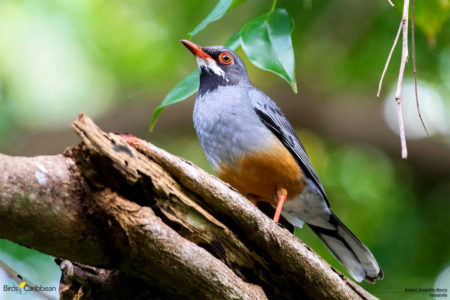
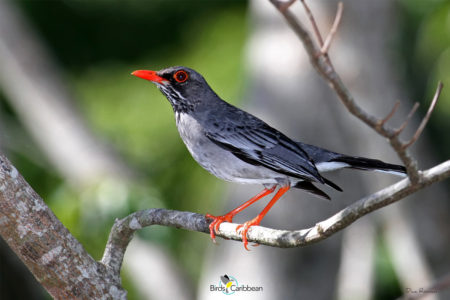
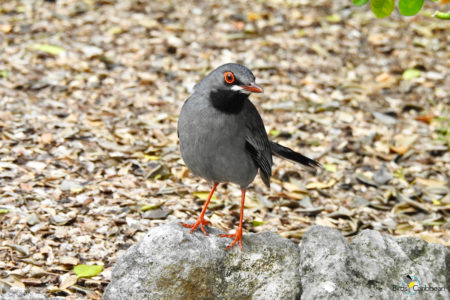
Activity of the Day
FOR KIDS & ADULTS: Enjoy this lovely video of a Red-legged Thrush in Puerto Rico where it is a common resident. It is called and gray in Puerto Rico. You can hear a Black-whiskered Vireo calling in the background. Video by AvesPuertoRico Felpe.

